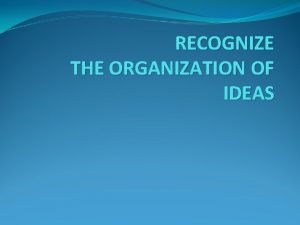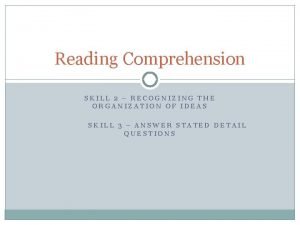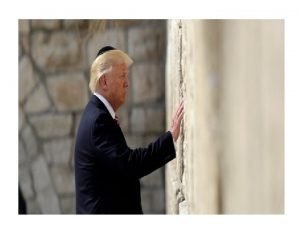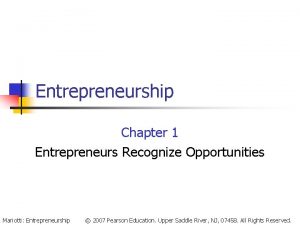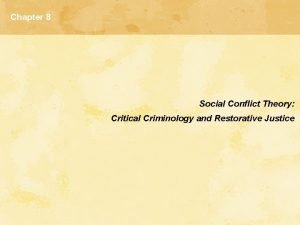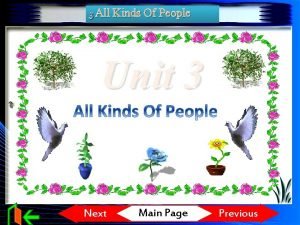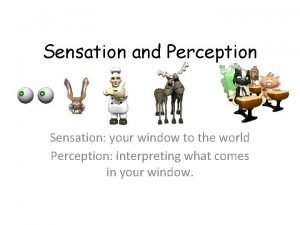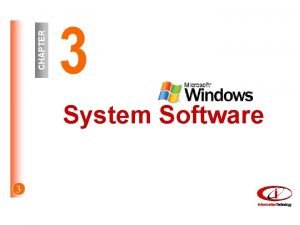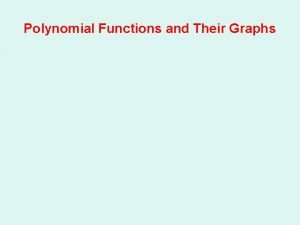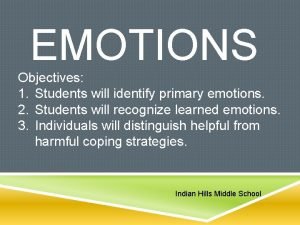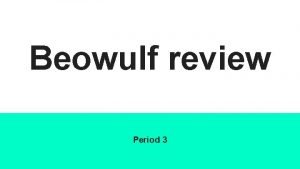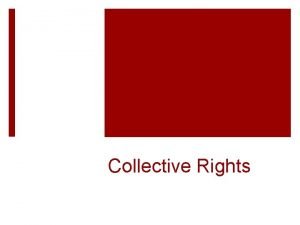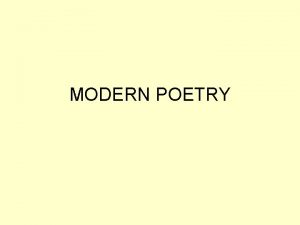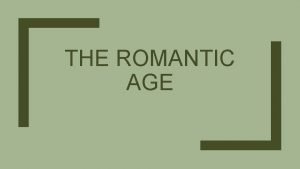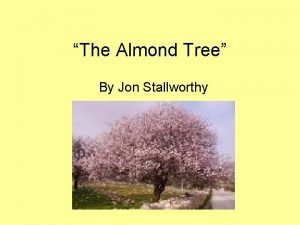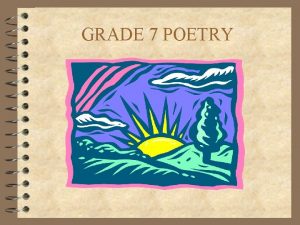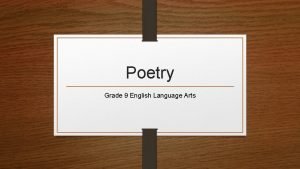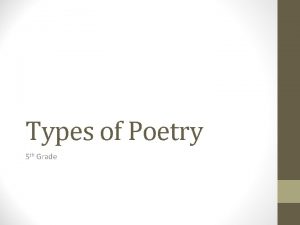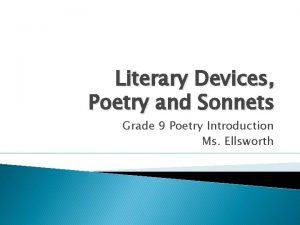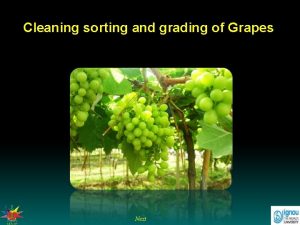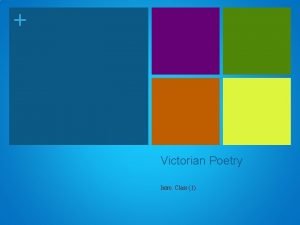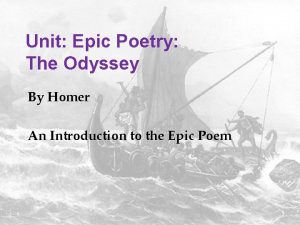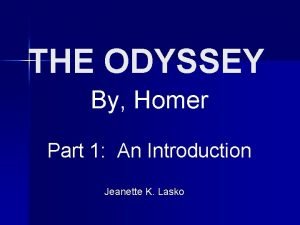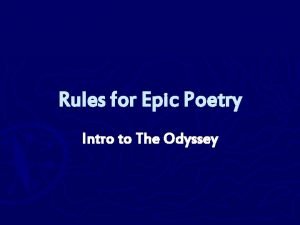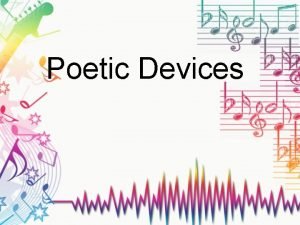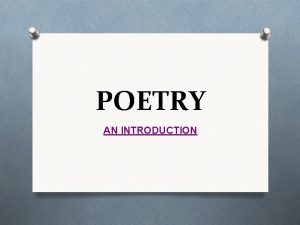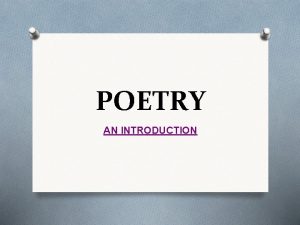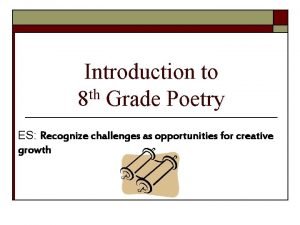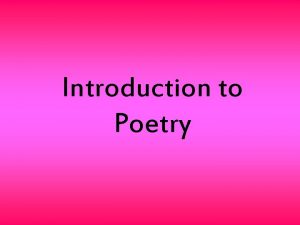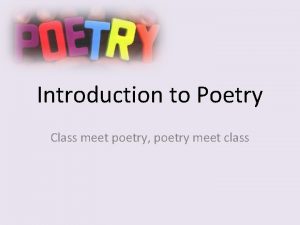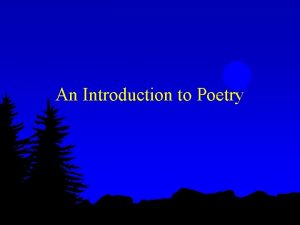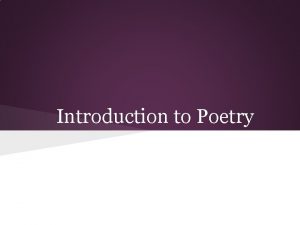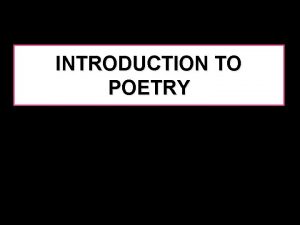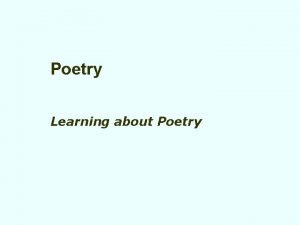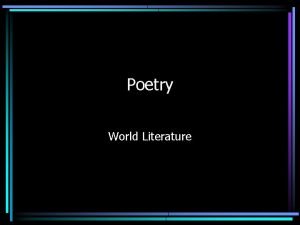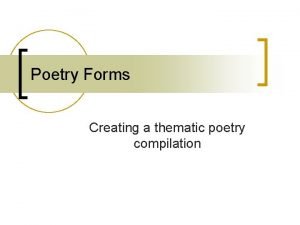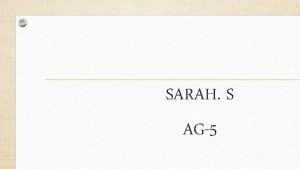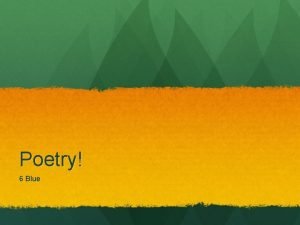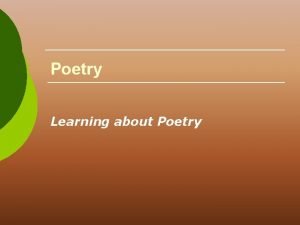Introduction to th 8 Grade Poetry ES Recognize



































- Slides: 35

Introduction to th 8 Grade Poetry ES: Recognize challenges as opportunities for creative growth

Poetry Imagery Figurative Language Figures of Speech: Simile Allusion Metaphor Symbol Personification etc.

Figure of Speech o A word or phrase used in a nonliteral sense to convey meaning or to heighten effect (e. g. , hyperbole, simile, metaphor)

What makes writing a poem vs. a story? o o poetic language appeals to feelings – description set in a special form has a special rhythm to it words chosen on how they sound as well as what they say

Elements of Poetry o o o sound shape images Topic = subject Theme = message MEANING

Questions to ask when reading a poem: o o When/where is the poem set? What situation does it describe? What story does it tell? Who is the speaker? Poetry is about suggestion rather than direct statements. You have to think about all elements to figure out what it means to you.

Example #2 o This is just to say I have eaten the plums that were in the icebox and which you were probably saving for breakfast forgive me they were delicious so sweet and so cold

Example #2 This is just to say I have eaten the plums that were in the icebox and which you were probably saving for breakfast forgive me they were delicious so sweet and so cold

Literal v. Figurative Language ES: Demonstrate intellectual courage

Literal v. Figurative Analysis o Literal (Denotative) Level – looking at the words for their usual meaning without exaggeration or imagination. o Nonliteral/Figurative (Connotative) Level – using words out of their ordinary meaning to add beauty and force.

Denotative o Denotation refers to the literal meaning of a word, the “dictionary definition”.

Connotation Noun o 1. the associated or secondary meaning of a word or expression in addition to its explicit or primary meaning: A possible connotation of “home” is “a place of warmth, comfort, and affection” o 2. the act of connoting; the suggesting of an additional meaning for a word or expression, apart from its explicit meaning.

Examples: Which of the following have negative connotations? o Cheap, Frugal, Miserly, Economical n o o Cheap, frugal, and miserly infers that someone is not generous and is very stingy with their money. Talkative, Conversational, Chatty Aggressive, assertive, domineering, dynamic, pushy, forceful

Denotative vs. Connotative o Understanding a word's literal (denotative) and suggestive (connotative) meanings is important for every speaker and writer. o There are certain circumstances when you might want to deliberately use a word that carries less than a positive connotation; however, you may want to avoid mistakenly using a word with a negative or misleading connotation.

Figurative (Connotative) Language o language that represents one thing in terms of another, usually by comparison. o Figurative language creates vivid sensory images in our minds and makes poems fresh and original.

The Eagle o He clasps the crag with crooked hands; Close to the sun in lonely lands, Ring'd with the azure world, he stands. The wrinkled sea beneath him crawls; He watches from his mountain walls, And like a thunderbolt he falls. - Alfred Lord Tennyson

o o o Summary - Denotative The poem has a very simple concept. It focuses on one eagle, alone in the wild. In the first line, the eagle is atop a mountain, poised to strike. He is high up where no other animal or human can go. He is alone in his grandeur, with the sun and the bright blue sky forming the perfect background scenery. The second stanza shows the only action of the eagle. The first and second line show that as he watches from his high perch, the sea moves below him. Then, in the final line, the eagle makes a grand dive towards the sea. The poem ends here, with the reader not quite sure why the eagle dived off his mountain roost.

The Eagle: Analysis LITERAL: Analysis: Tennyson provides the image of a predatory bird scouring the sea for prey. FIGURATIVE: Example: "He clasps the crag with crooked hands. " (line 1). Analysis: The hard consonant sounds combined with images of crags and crooked hands set up the desolateness of nature and its cruelty. Example: "And like a thunderbolt he falls. " (line 6). Analysis: Tennyson employs a simile, comparing the eagle's descent to a thunderbolt. It hints at the suddenness at which life can end.

Types of Figurative Language o metaphor - a direct comparison between two seemingly unlike things. o simile - a comparison between two seemingly unlike things using like or as. o personification - giving human characteristics to inanimate objects. o allusion - a reference to a famous person, event, or other literary work. o hyperbole - a deliberate exaggeration. o pun – a play on words - when a word or phrase is used with two different meanings.

Grass- Carl Sandburg Pile the bodies high at Austerlitz and Waterloo, Shovel them under and let me work – I am the grass: I cover all And pile them high at Gettysburg. And pile them high at Ypres and Verdun. Shovel them under and let me work. Two years, ten years, and the passengers ask the conductor: What place is this? Where are we now? I am the grass. Let me work.

“Grass” – Carl Sandburg o o o o o What is it like to visit a historical site? What is the setting? What is the situation? Who is the narrator? What is the TONE of the poem? What story does it tell? Who are the passengers? Conductor? Where is the crucial moment where the action shifts? “What are possible THEMES of the poem?

Figurative Language: Simile and Metaphor ES: Make decisions after reflection and review

SIMILE – An indirect comparison Descriptions of people, places, or things are often made more vivid through the use of comparisons. Definition: Any comparison that is introduced by the preposition like or as q Harold was like a werewolf, waiting for the moon to turn full. q Linda’s personality is as exciting as a carton of low-fat cottage cheese

METAPHOR – a direct comparison Metaphors offer a more dramatic way of drawing a comparison. Unlike similes, there are no prepositions used. Definition: draws a comparison. States that one thing is something else. Just watch that you don’t over-use them – then they become clichés… o Life is just a bowl of cherries o He is a stuffed shirt o Jane is a tower of strength

Cliché o a phrase or opinion that is overused and lacks original thought. q q q Meek as a mouse As old as the hills Busy as a bee Strong as a bull Brave as a lion q etc.


Other Poetic Devices ES: Make decisions after reflection and review

Hyperbole o An extravagant exaggeration n n You’ve grown like a bean sprout. I’m older than the hills. “I’ve told you a million times” That joke is so old, the last time I heard it I was riding on a dinosaur.

Personification o A figure of speech where animals, ideas, or inorganic objects are given human characteristics n n n “The wind stood up and gave a shout. He whistled on his two fingers. ” The thunder grumbled like an old man. (personification and simile) The stars danced playfully in the moonlit sky.

Allusion – Copy these onto your poetry notes sheet o A reference in a work of literature to a person, place, or event in another work of literature, history, art, or music n n n He gave a Herculean effort during the football game. He was a real Scrooge when asked to donate to the organization. I thought the software was safe to open, but it was a Trojan Horse.

And Now for Words Related to Sound o o Alliteration Assonance Rhyme Meter

Alliteration o The repetition of consonant sounds (at the beginning of words) – often used in advertising/slogans n n “Tippecanoe and Tyler, too!” Many tongue twisters are examples of alliteration – Peter Piper picked a peck of pickled peppers

Assonance o The repetition of vowel sounds n n n “I like Ike” “He gives his harness bells a shake” (from Robert Frost’s “Stopping by the Woods on a Snowy Evening”) A blinding sight

Rhyme o A word that corresponds with another in related sound n n Behold, cold, bold, sold, doled, polled, etc. Lazily, hazily, etc.

Meter o The measured arrangement of words in poetry, as by accentual rhythm, syllabic quantity, or the number of syllables in a line n There are several types of set meter
 How many reaping entries will katniss have in her 16th year
How many reaping entries will katniss have in her 16th year Skill 2 recognize the organization of ideas
Skill 2 recognize the organization of ideas Skill 2 recognize the organization of ideas
Skill 2 recognize the organization of ideas How many countries recognize palestine
How many countries recognize palestine Entrepreneurship chapter 1
Entrepreneurship chapter 1 Social conflict criminology
Social conflict criminology Name the five lesions associated with hiv/aids chapter 17
Name the five lesions associated with hiv/aids chapter 17 Lars didn't recognize patrick logan because
Lars didn't recognize patrick logan because Old woman young woman
Old woman young woman Code of ethics article 4
Code of ethics article 4 Troubleshooting or programs recognize and correct problems
Troubleshooting or programs recognize and correct problems What are useful materials at home
What are useful materials at home What is the coefficient in polynomials
What is the coefficient in polynomials Refusing to recognize an emotion or problem
Refusing to recognize an emotion or problem What are beowulf's thoughts as he waits for grendel
What are beowulf's thoughts as he waits for grendel What laws recognize the collective rights of the metis
What laws recognize the collective rights of the metis Poem about romantic period
Poem about romantic period Experimentation in modern poetry
Experimentation in modern poetry Whats a lyrical poem
Whats a lyrical poem Augustan age and romanticism
Augustan age and romanticism Poetry poetry
Poetry poetry Poems for grade 7
Poems for grade 7 Elements of poetry grade 9
Elements of poetry grade 9 Types of poetry 5th grade
Types of poetry 5th grade Shall i compare thee to a summer's day theme
Shall i compare thee to a summer's day theme Grade equivalent in college
Grade equivalent in college Cinderella went upstairs to kiss her fella
Cinderella went upstairs to kiss her fella Difference between grade a and grade aa eggs
Difference between grade a and grade aa eggs Milk grades
Milk grades Grade grade
Grade grade Low grade and high grade metamorphic rocks
Low grade and high grade metamorphic rocks Victorian poetry introduction
Victorian poetry introduction The odyssey and epic poetry: an introduction, part 1
The odyssey and epic poetry: an introduction, part 1 Who is homer
Who is homer Epic poems definition
Epic poems definition Introduction poetry by billy collins
Introduction poetry by billy collins

